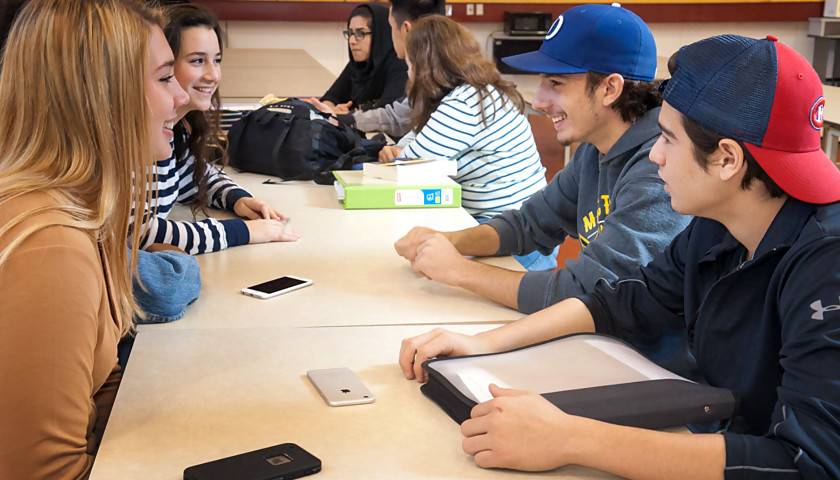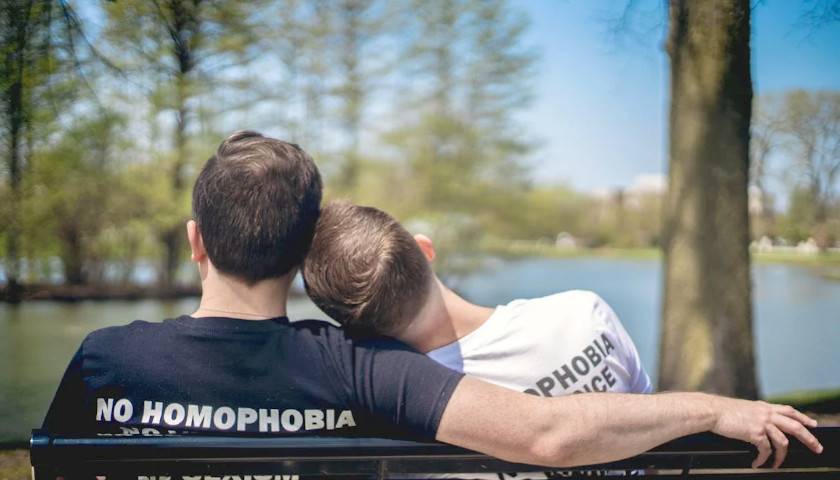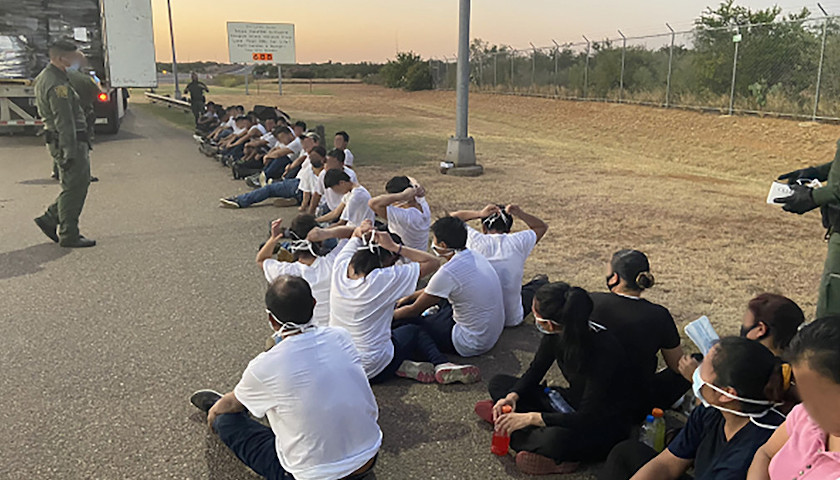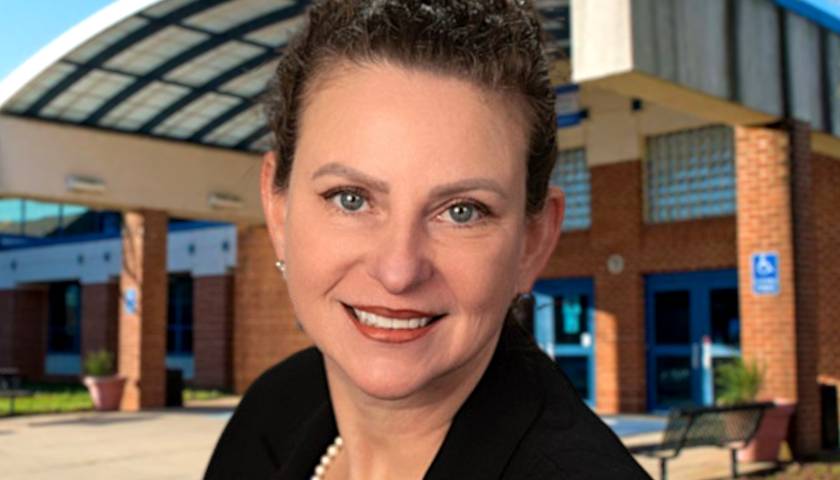by Manzanita Miller
According to a large survey of high school graduates, the share of young men identifying as conservative is rapidly increasing compared to previous decades. The left loves to trumpet their successes with “the youth vote”, but the reality is there is a growing gender gap that will have broad-reaching political implications for decades to come.
New research from the University of Michigan’s Monitoring the Future survey of 12th grade high school students shows just how vast the gender partisan gap has grown among young men and women.
The survey reveals data going back as far as 1975 tracking the political ideology of young men and women entering the voter pool, and the results are startling. Since approximately 2010, the share of young men identifying as conservative has skyrocketed, while the share identifying as liberal has dropped to the lowest point on record.
Today, young men are twice as likely to identify as conservative, with about a quarter of male 12th graders saying they are conservative or very conservative, while a mere 13 percent say they are liberal or very liberal.
This marks a notable transformation in the political perspectives of boys. While the share of boys identifying as liberal has been mostly declining since the 1970’s, there was a brief spike in liberal identity among young men in 2010 under President Obama and in 2016 just as Trump took office, but otherwise young men identifying as liberal has steadily fallen.
For young women, an opposite scenario has played out, with 12th grade women reaching the highest proportion of self-identified liberals on record in 2020, and that number declining incrementally in 2022.
The survey shows the share of 12th-grade girls who identify as liberal rose 11-percentage points from 19 percent in 2012 to 30 percent in 2022. The share of young women who identify as conservative sat at just 11 percent in the 2022 survey, down ever so slightly from 2020. The data shows the peak of young women identifying as conservative occurred in 2005 under George W. Bush and has been dwindling since then.
However, the largest group of high school boys and girls declined to share their political views, something that is not surprising in the age of censorship and cancel culture.
Regardless of those unwilling to share or unsure of their political views, there is a growing gender gap among young people that does not appear to be declining.
Gallup Polling reveals that 44 percent of women aged eighteen to twenty-nine now align themselves with liberal views, marking the highest figure in twenty years.
In contrast, only a quarter of young men between eighteen and twenty-nine embrace a liberal identity. The proportion of young men identifying as liberal has experienced fluctuations over the past 25 years, showing an overall decline. Meanwhile, the percentage of young women identifying as liberal has consistently risen.
Data from a 2022 Meredith College poll also reveals that while Gen Z may embrace more liberal viewpoints on issues like abortion and LGBTQ+ issues, young men exhibit notably less liberal perspectives compared to women. While nearly half of Gen Z wants to expand abortion access, this stance is predominantly driven by young women. In contrast, Gen Z men are less inclined to support such an expansion.
The Meredith College findings also reveal that a considerable portion of Gen Z men adhere to traditional notions of gender roles. More than 40 percent of young men expressed a preference for a male political leader, compared to 35 percent of Gen Z women favoring a female political leader. Among all age groups, Gen Z men exhibited the highest preference for a male political leader. Professor David McLennan, who directed the Meredith poll, noted:
“The results from our work suggest there is a strong conservative element within Gen Z on policy issues…a shift to more traditional views among the male population.”
Democrats lost four points with voters under thirty between 2018 and 2022, so their edge is declining. However, the gender gap is an important variable to watch in the next presidential election, considering President Biden has been struggling with young voters overall. Recent NYT/Siena polling shows Biden’s lead over Trump has shrunk 14-percentage points compared to his lead in 2020 exit polls, indicating Biden will have an uphill battle recouping young voters. If the growing body of research on gender and ideology is any indication, Biden will struggle most with young men.
– – –
Manzanita Miller is a contributor to The Daily Torch.
Photo “High School Students” by Government of Prince Edward’s Island CC-MC-2.0




